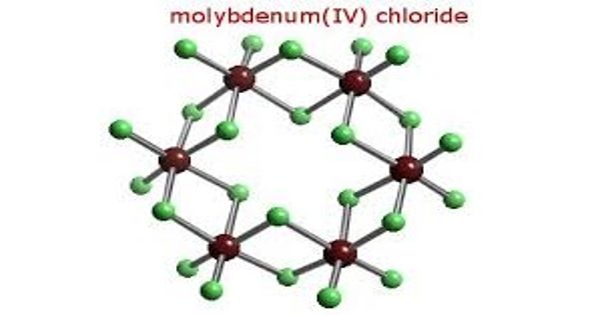Noise-free communication refers to a method of transmitting information without any interference or distortion caused by external factors or communication channels. In an ideal noise-free communication system, the transmitted signal would remain intact and unaffected by any external sources of noise.
However, progress is hampered by the patterns of light’s sensitivity to distortion, such as that caused by atmospheric turbulence or bent optical fiber. Despite this, the patterns of light show great potential for a broad encoding alphabet in optical communications.
In order to overcome the previous restriction of modal distortion in noisy channels, researchers at the University of the Witwatersrand (Wits) have now developed a new optical communication protocol that uses spatial patterns of light for multi-dimensional encoding without requiring the patterns to be recognized.
As a result, a brand-new high-bit-rate optical communication method that uses over 50 vectorial patterns of light conveyed almost noise-free over a turbulent atmosphere is created.
Published in Laser & Photonics Reviews, the Wits team from the Structured Light Laboratory in the Wits School of Physics used a new invariant property of vectorial light to encode information. The team refers to this quantity as “vectorness,” scales from 0 to 1, and does not alter when traveling via a noisy channel.
This is a very exciting advance because we can finally exploit the many patterns of light as an encoding alphabet without worrying about how noisy the channel is. In fact, the only limit to how big the alphabet can be is how good the detectors are and not at all influenced by the noise of the channel.
Professor Andrew Forbes
Unlike traditional amplitude modulation which is 0 or 1 (only a two-letter alphabet), the team used the invariance to partition the 0 to 1 vectorness range into more than 50 parts (0, 0.02, 0.04 and so on up to 1) for a 50-letter alphabet.
Because the information is not deformed by the channel over which it is conveyed, the sender and receiver will always agree on the value, resulting in noise-free information transfer.
The crucial challenge that the team accomplished was to use light patterns in a way that does not require them to be “recognized,” in order to overlook the noise channels’ inherent distortion. In contrast, the invariant quantity simply “adds up” light in specialized measurements, exposing a quantity that is completely blind to the distortion.
Typically, structured light systems consist of a light source, such as a laser or a projector, and a camera or sensor that captures the reflected or deformed light. In recent years, structured light has been combined with other technologies such as depth sensors (e.g., Microsoft Kinect) or stereo vision to improve the robustness and accuracy of 3D reconstruction.
“This is a very exciting advance because we can finally exploit the many patterns of light as an encoding alphabet without worrying about how noisy the channel is,” says Professor Andrew Forbes, from the Wits School of Physics. “In fact, the only limit to how big the alphabet can be is how good the detectors are and not at all influenced by the noise of the channel.”
Lead author and Ph.D. candidate Keshaan Singh adds, “To create and detect the vectorness modulation requires nothing more than conventional communications technology, allowing our modal (pattern) based protocol to be deployed immediately in real-world settings.”
The researchers has already begun testing the concept in fast networks across free space and optical fiber, and they think it can be applied to other noisy channels, such as those found underwater.
















